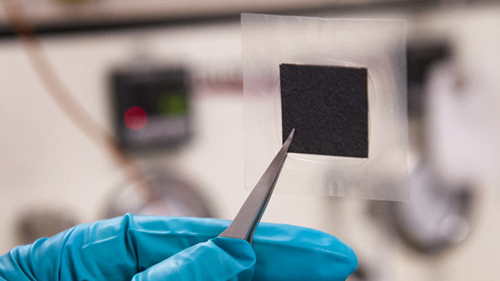Fuel Cell With Nafion And Platinum
The energy systems of our world obtain their energyrequirements mostly from fuel sources of fossil origin. Since these fuel sources of fossil origin have negativeenvironmental effects and are depletable, studies directedto the utility and production of clean and renewable energyresources that can be substituted for fossil originated fuelsand development of different energy systems are beingdemonstrated for a couple of decades. PEMFCs, whichare low temperature fuel cells, are electro-chemicaldevices that can convert chemical energy into electricalenergy by a chain of reactions.
Effects of Nafion ® content in the electrodes on the performance of a single proton exchange membrane fuel cell.
The catalyst layers of proton exchange membrane (PEM) fuel cell consist of Nafion ® , carbon particles and platinum particles. Nafion ® is used to improve the catalyst layer performance. The increase of Nafion ® content in the catalyst layer improves proton migration but reduces void spaces. Increasing platinum loading enhances the rate of the electrochemical reaction but increase the cost. In this paper, we have investigated the correlation of Nafion ® content by a constant platinum loading of 1mg/cm 2 in the catalyst layer. This has been performed by using a single home-made PEM fuel cell. Optimum performance of PEMFC has been obtained for 0.25mg/cm 2 Nafion ® content.

Fuel Cell
Ultrasonic fuel cell catalyst coating systems are uniquely suited for these challenging applications by creating highly uniform, repeatable, and durable coatings.
